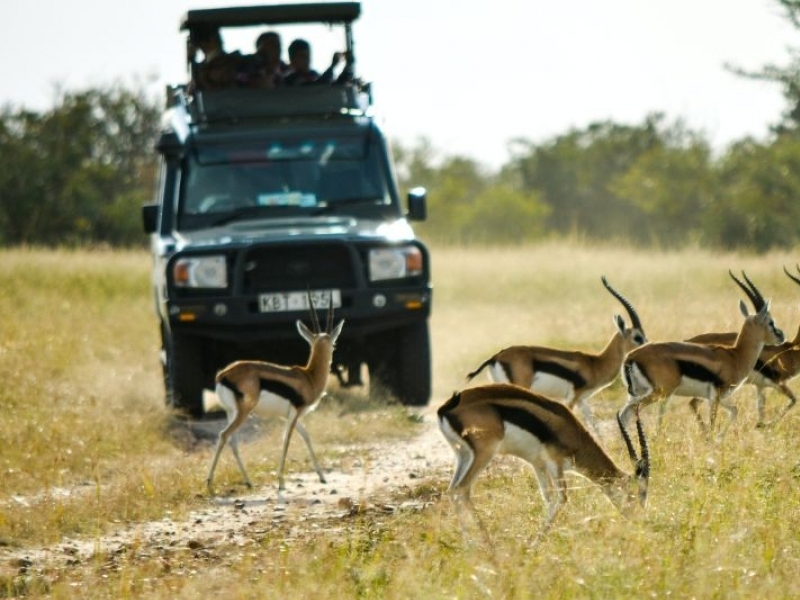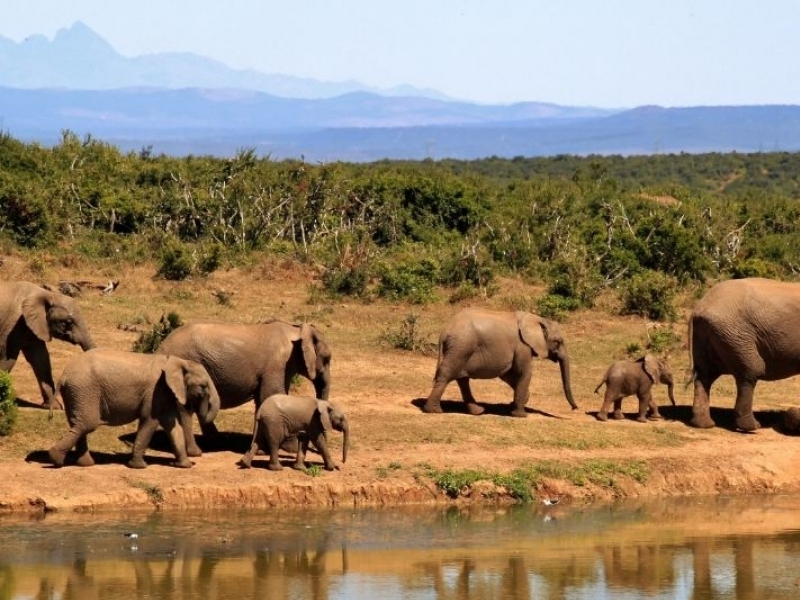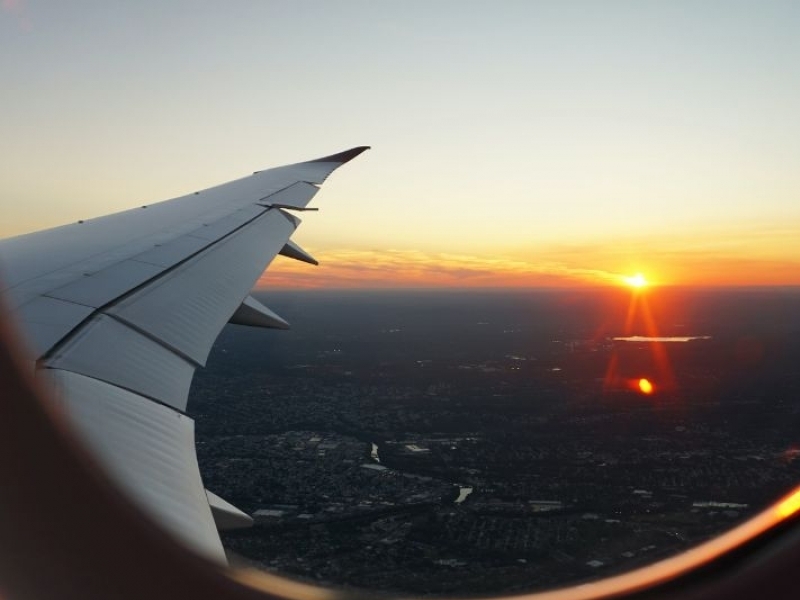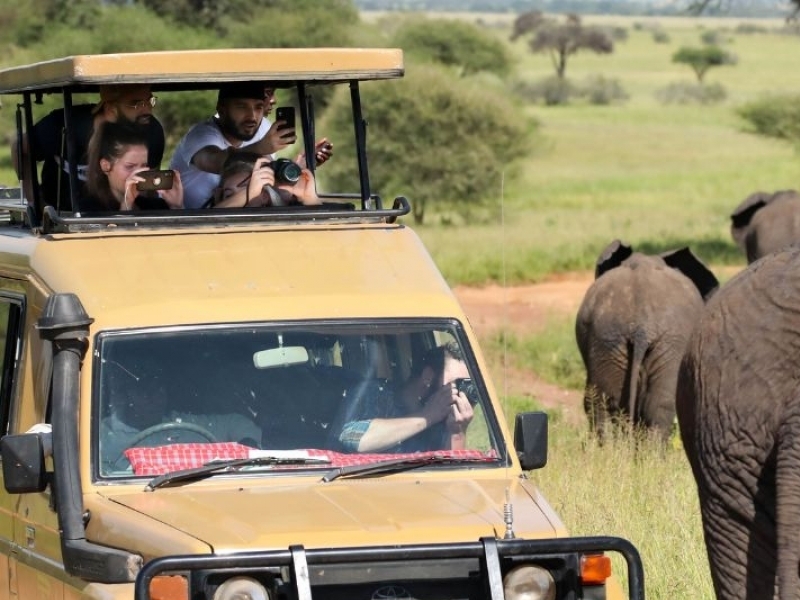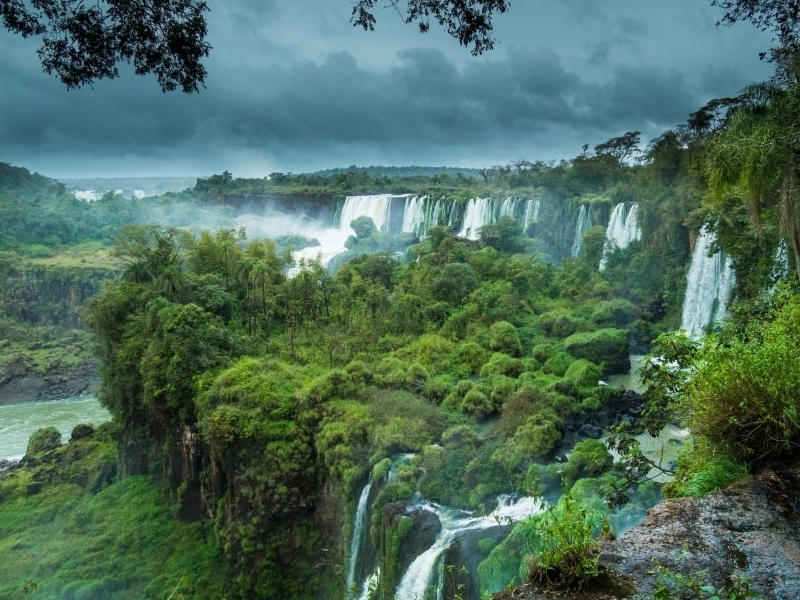News and Testimonials
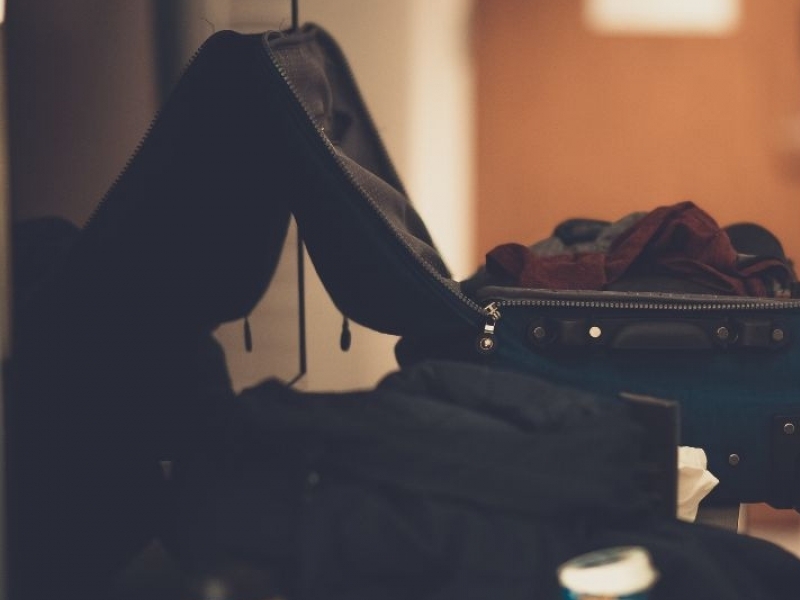
African Safari 101: What to Pack (And What to Leave Behind)
Packing for an African safari can feel intimidating—you hear about all sorts of restrictions, like that small charter planes only allow luggage under 40 pounds, and it has to be soft-shelled (no frames or rigid structures). And though your tour operator will most likely send you packing tips after you book, we tapped our safari experts for the essentials, from necessary tech and gear to packing for all weather conditions (yes, it can get cold).
The luggage
“The weight of luggage is very limited on the small aircrafts that fly in Africa: 44 pounds per person in soft duffels for Southern Africa, 33 pounds per checked bag, per person, for East Africa. The most important thing is to forgo wheels on your luggage as they add about eight to 12 pounds, where if you have a lightweight duffel without wheels, you have so much more weight for clothing and shoes.”—Nina Wennersten, co-owner of Hippo Creek Safaris
“Your [carry-on] should contain medications and necessary items in the event your checked bag is lost or delayed. A backpack is recommended for gorilla tracking.”—Linda Friedman, CEO of Custom Safaris
CNT Magazine + Tote
For more luggage tips, check out our round-up of the The Best Safari Luggage.
The clothes
“Pack very minimal and lightweight, earth-toned clothing. Since most camps provide laundry services, packing light should be easy (think three to four outfits). It’s always good to pack a windbreaker or fleece, as the night game drives can be cool.”—Sarah Taylor, special projects coordinator at Africa Adventure Company
“Khaki and tan are the preferred colors when going on a game walk, but most of the time in East Africa, you are in a safari vehicle and can wear jeans/shorts with T-shirts in almost all colors. However, avoid shirts that are purple, red or royal blue—bright colors seem to make the animals shy away. Biting insects like tse-tse flies are attracted to striped patterns of royal blue and black, so don't wear this combination if possible.”—N.W.
“[Bring] a bandana, which, when dipped in water, is very refreshing around your neck when it's warm out. When chilly, definitely bring a hat, warm scarf or pashmina, and gloves or mittens.”—Phoebe Weinberg, president of Greatways Travel, Inc
“If you plan to walk, then pack one pair of lightweight walking shoes with good tread...ideally, not white or neon! Hiking boots [are] really not needed for the leisurely pace of a “bush walk,” but a firm tread is needed.”—P.W.
“You will need waterproof hiking boots (that are broken in) for gorilla tracking, lightweight wool socks, waterproof jacket, hat and garden gloves (to avoid stinging nettles), gaiters or duct tape to wrap your ankles, a lightweight fleece, long sleeves, and trousers.”—L.F.
Wennersten's general safari must-haves, during summer (November-March) • Comfortable sneakers/sandals/walking shoes for game walks
• Flip-flops or similar for pool or in-room use, or even in safari vehicle
• Baseball cap or hat to keep dust/sun from head
• Windbreaker/fleece jacket for layering during game drives and evening
• Jeans (one or two pairs)
• Khaki or cotton pants/slacks, for dinner time
• Four T-shirts for daytime wear
• Button-down long-sleeve sport shirts (optional at dinner for men)
• Long-sleeve and mid-sleeve women’s cotton shirts for layering
• Shorts/cut-offs—two or three pairs for mid-day wear
• Sleeveless shirts for warmer days—very necessary for summer
• Bathing suit
• Underwear (sports bras are recommended for game drives)
• Socks
- In the Dopp kit
“Motion sickness relief band—these are ideal for the charter flights since they don’t cause drowsiness.”—S.T.
First aid and toiletries needs, from multiple sources • Malaria tablets (Wennersten recommends getting a prescription from your doctor for any of the following: Malarone, Larium, Doxycycline, or Primaquin)
• Antihistamine tablets
• Anti-nausea tablets
• Pepto-Bismol and antacids
• Cough drops, earache drops
• Z pack for the flu, just in case
• Basic medical kit (aspirin, band-aids, Imodium, antiseptic /anti-histamine cream)
• Moisturizer and suntan lotion—SPF 20 or higher
• Insect repellent (30 percent DEET or above for anti-malaria use)
• Tissues/Wet Ones
• Toothpaste and toothbrush
• Hairbrush/comb
• Nail scissors/file/clipper/tweezers
- The gear
“Pack a great reference book like Mark Nolting’s African Safari Field Guide. This handy resource is ideal for first time and repeat safari-goers as it gives a comprehensive list of the different species frequently seen on safari. It also includes a journal section for jotting down memories, recipes, and contact information.”—S.T. (We've also got a list of books to read before you go on safari, and you can check them out here.)
“Besides your usual electronics, a power strip from home is essential so you can plug that into the camp or lodge outlet and then charge all of your items at one time. Most camps have one outlet or plug that will accept your American 110 volt plug.”—N.W.
“Remember all of your electronics, camera, [memory] cards, batteries, chargers, and a small flashlight. We recommend a camera with a telephoto lens and lightweight binoculars.”—L.F.
“Everyone should bring their own pair of binoculars in order to get the most out of the safari. 8x40/8x42 is the recommended general purpose binocular specification for both birding and mammal viewing.”—Julian Harrison, CEO and owner of Premier Tours
“A waterproof/dust-proof bag/cover for your camera; good quality sunglasses; glasses, as wearing contacts might make you susceptible to dust irritation; moisturizer; and sunblock.”—J.H.
“A flashlight or head lamp and a Southern African bird guide (like Newman’s or Sasol.)”—Wilderness Tours
What not to pack
“Kenya and Rwanda are polythene-free countries. For environmental reasons, plastic bags are illegal and have been banned, the customary plastic duty-free bags included. For liquids in hand luggage, it is recommended to use transparent toiletry bags.”—Wilderness Tours
“Camouflage clothing is not recommended for travel in southern African countries. Camouflage or military-inspired clothing is prohibited when traveling in Zimbabwe.”—J.H.
“Do not bring a portable hair dryer—most camps’ electrical systems cannot take the drain, but if you must bring, make sure it is a travel version with capabilities at 220-240v (most do not auto-adapt).”—N.W.
Final prep
“[Bring] business or personal contact cards—you will have the opportunity to chat with lots of wonderful people along the way who share a similar spirit of adventure. Stay in touch with them!”—S.T.
“An International Certificate of Vaccination (including yellow fever inoculation) [is] required for travel to Rwanda and Uganda, and Tanzania/Zanzibar if you arrive from Kenya (or have been to Kenya on this trip).” —N.W.
“In the unlikely event of an injury, travel insurance is highly recommended—especially to cover evacuation.”—P.W.
Other necessities: Don't forget your plane tickets, passport, credit cards (note that AMEX isn't widely accepted), and some U.S. dollars for visas, tips, and souvenirs, etc. If you're traveling in Kenya, you'll need to bring a printed copy of your eVisa.
Pro tip: We're all about souvenirs at Traveler, so make sure to pack a second lightweight duffel bag when you go on safari—that way, you'll have plenty of room to bring home memorabilia on the way back.
Source: https://www.cntraveler.com/stories/2012-04-09/what-to-pack-for-a-safari

